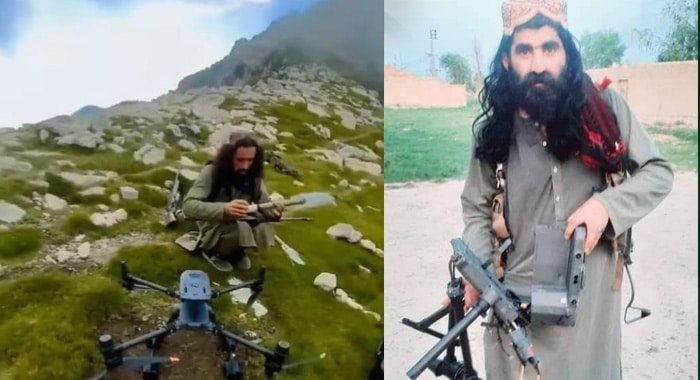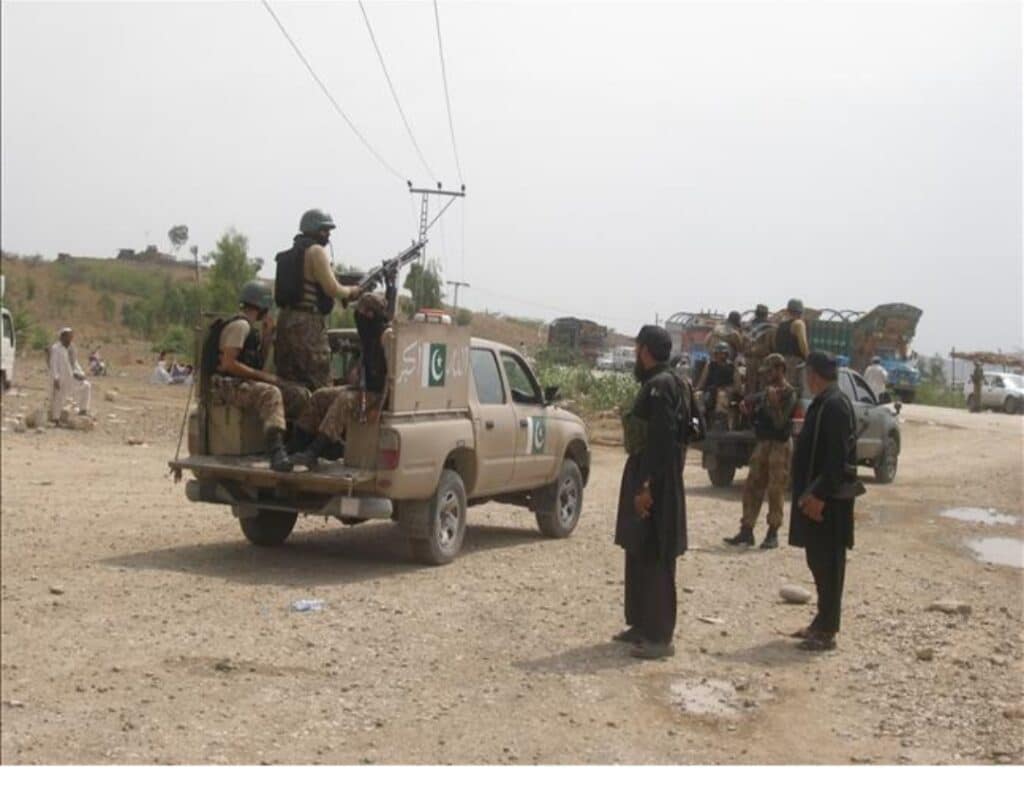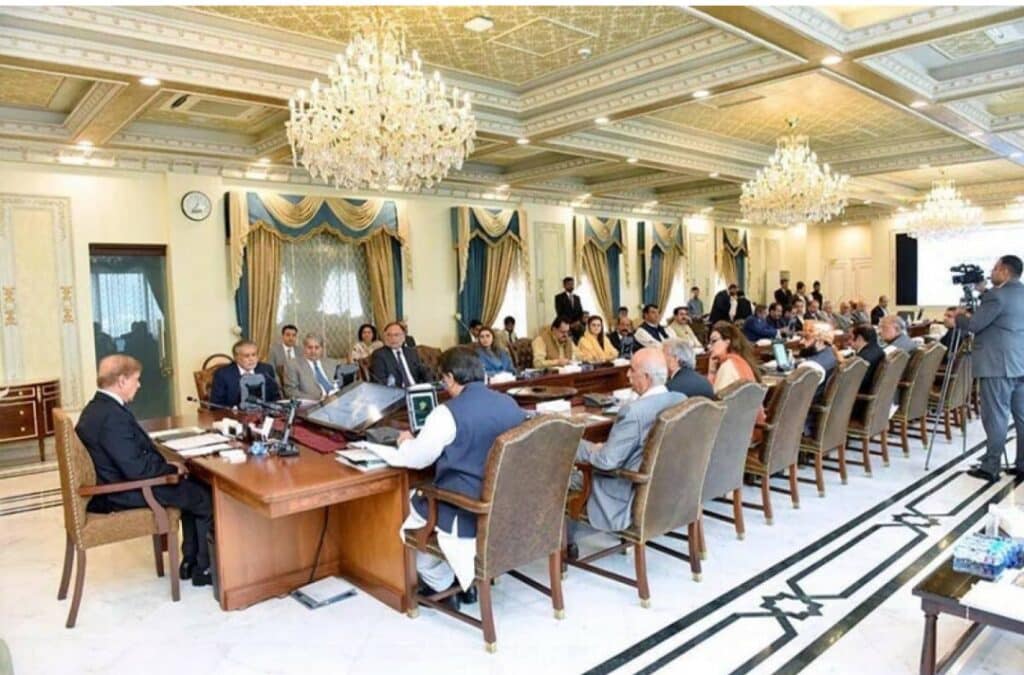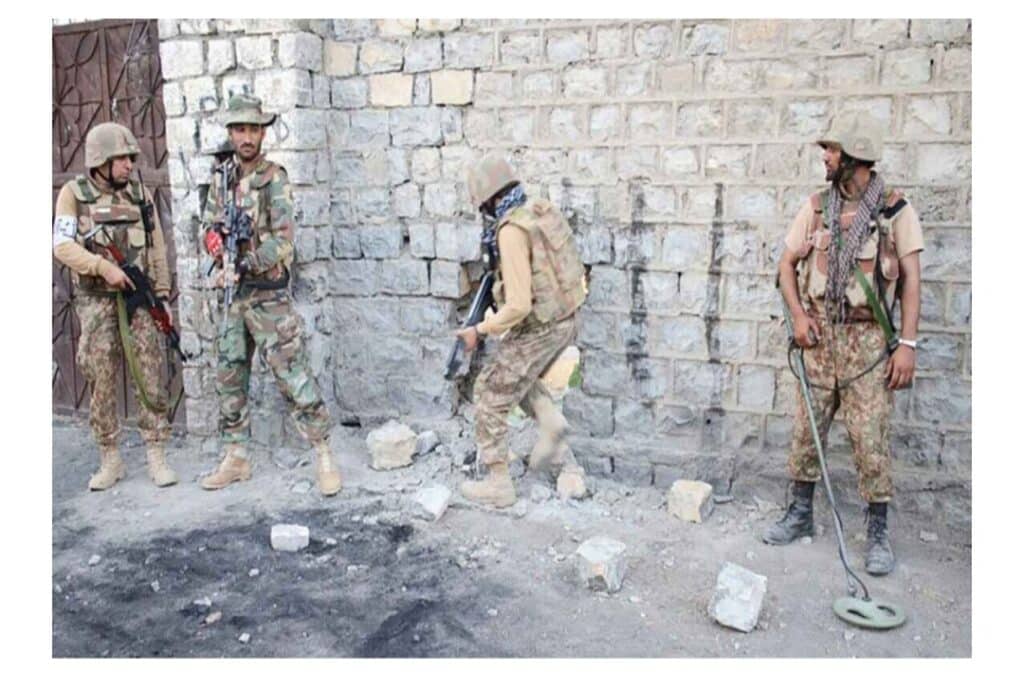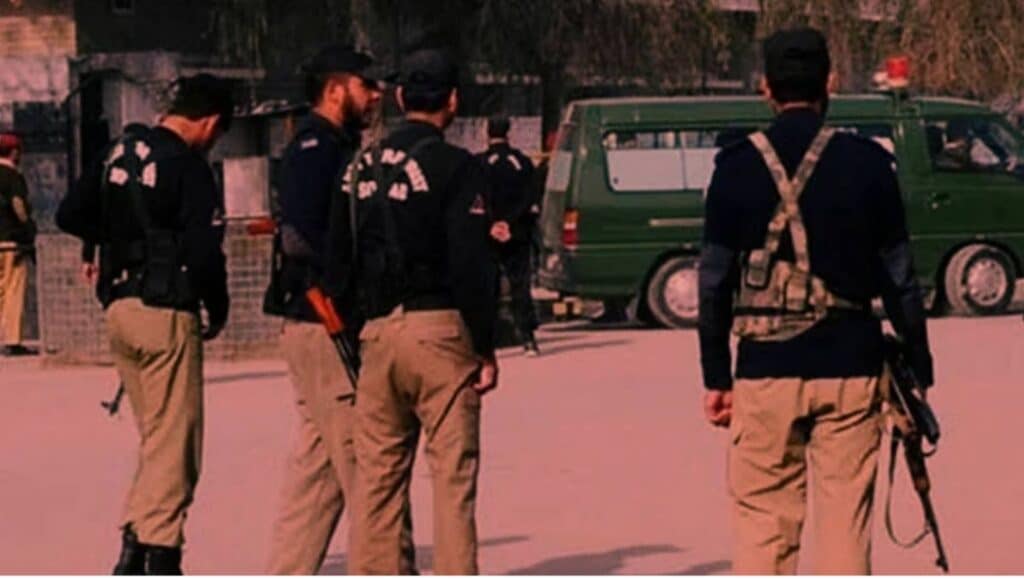The use of unmanned aerial vehicles (UAVs) in modern warfare, once the exclusive domain of state militaries, has become an increasingly visible feature of militancy in Pakistan’s tribal belt, raising new security and psychological challenges for both the state and local communities. From the battlefields of Ukraine to Pakistan’s own short-lived skirmish with India in May, drones have shifted from being specialised tools of national armies to accessible instruments for non-state actors.
Militant groups operating in Khyber Pakhtunkhwa’s tribal districts have moved beyond occasional experimentation to more organised and persistent drone operations. Security analysts say this transformation is not merely technical but political—signalling that insurgents now possess capabilities once limited to formal state institutions. While Pakistan’s security forces have long deployed UAVs for reconnaissance, surveillance, and target acquisition, the presence of similar technology in militant hands has unsettled the operational balance.
The skies over conflict zones have become ambiguous terrain, where a drone could belong to either side, complicating operational planning and fuelling psychological uncertainty. Residents say the sound of hovering drones has eroded confidence in the state’s ability to guarantee their safety. In affected areas, farmers are delaying work in the fields, shopkeepers are closing earlier, and villagers are limiting movement between settlements. The constant hum of machinery overhead has induced fear even in the absence of actual strikes, deepening mistrust between communities and the state.
The resurgence of militant violence has been notable in recent months. Monitoring groups report 28 terrorist incidents across Khyber Pakhtunkhwa in July alone, including multiple high-profile attacks. In Bannu, the Miryan police station has repeatedly come under aerial assault, while the deadliest incident occurred in Orakzai long considered insulated from such violence where eight paramilitary personnel were killed. The spread of militant influence from the south to the north of the province marks a troubling trend.
Southern districts remain tense, with frequent curfews. On July 24, Tank’s Jandola subdivision was locked down for an entire day, and similar restrictions were imposed in Lower South Waziristan’s Birmal tehsil. In Bajaur, a three-day curfew preceded a major security operation targeting militant hideouts, underscoring both the fragility of the security situation and the strain on state capacity.
Although militant drone warfare in Pakistan is still in its early stages, security experts warn of a clear trajectory. Current attacks often lack precision and appear experimental, but confidence and frequency are expected to grow, mirroring patterns seen in other conflict zones. Low-cost quadcopters, easy to procure or assemble, can deliver improvised explosives, drop small munitions with accuracy, track security patrols, identify vulnerabilities, and provide live video feeds to coordinate indirect fire or suicide attacks.
Drones are also being used for logistical purposes—transporting SIM cards, batteries, medical supplies, or technical equipment to areas where ground movement is riskier. Beyond their tactical role, they serve as tools of psychological warfare; insurgent-made drone footage is repurposed for propaganda, projecting strength and portraying the state as losing control.
In late July, Khyber Pakhtunkhwa Police deployed anti-drone technology for the first time in Bannu. Using a specialised anti-drone rifle dispatched from Peshawar, they successfully disrupted hostile UAV activity, forcing militants to abandon movement. Officials plan to expand the use of such equipment across southern districts as part of counter-insurgency operations, aiming for faster and more precise responses.
Responsibility for these attacks is often unclear. While many in Bannu are attributed to the Hafiz Gul Bahadur group, some remain unattributed. The proscribed Tehreek-e-Taliban Pakistan (TTP) has publicly denied operational use of drones, claiming to still be in the acquisition phase. However, Swedish researcher Abdul Sayed notes that drone strike footage began circulating quietly via TTP’s unofficial media channels in 2024.
In 2025, the TTP faction “Ittehad” began openly claiming drone operations, a move criticised by pro-TTP voices on Telegram as strategically unwise. The faction persisted, and eventually senior TTP leaders acknowledged the operations, marking a shift in propaganda strategy. This open admission reflects a wider trend—militants who once tested drone technology discreetly are now publicly embracing it, signalling a growing threat to Pakistan’s internal security.
While the tribal districts of Khyber Pakhtunkhwa remain the primary arena, evidence suggests Baloch insurgents have also adopted drone technology, with traces visible in certain attacks and video releases. Security experts warn that unchecked proliferation could deepen mistrust between the state and local populations, destabilising already fragile districts.

